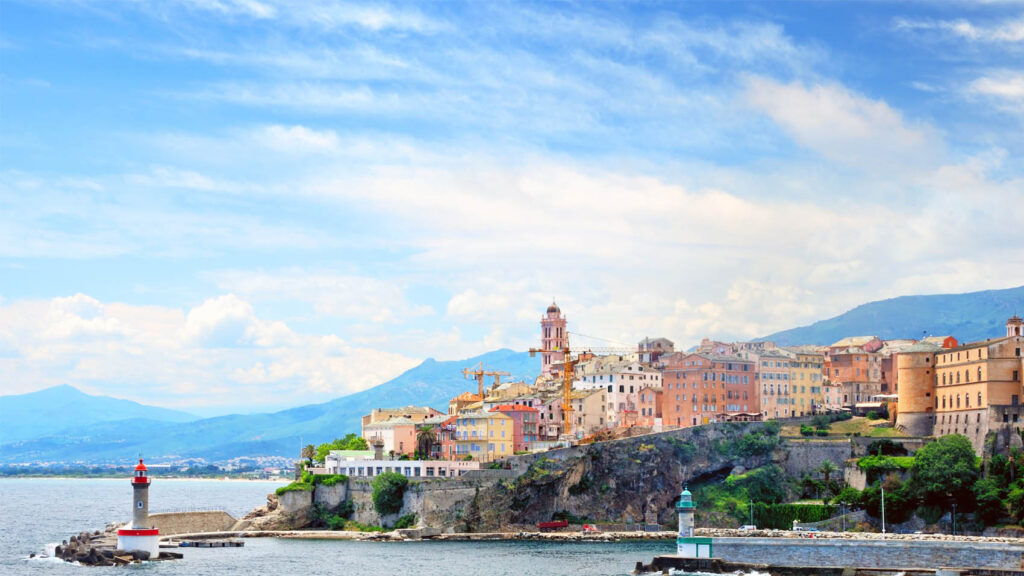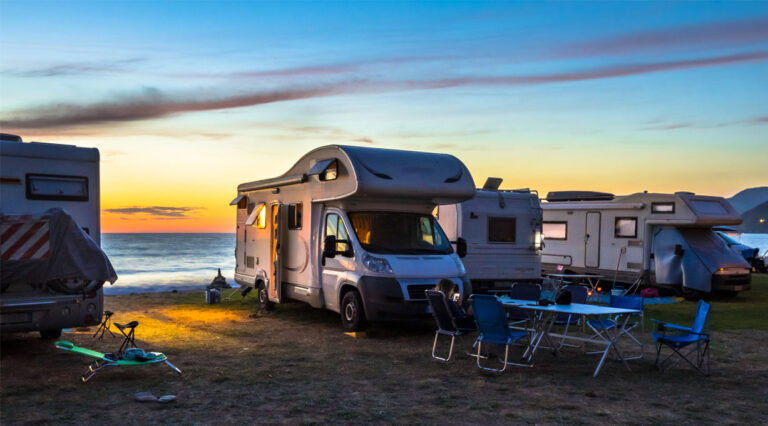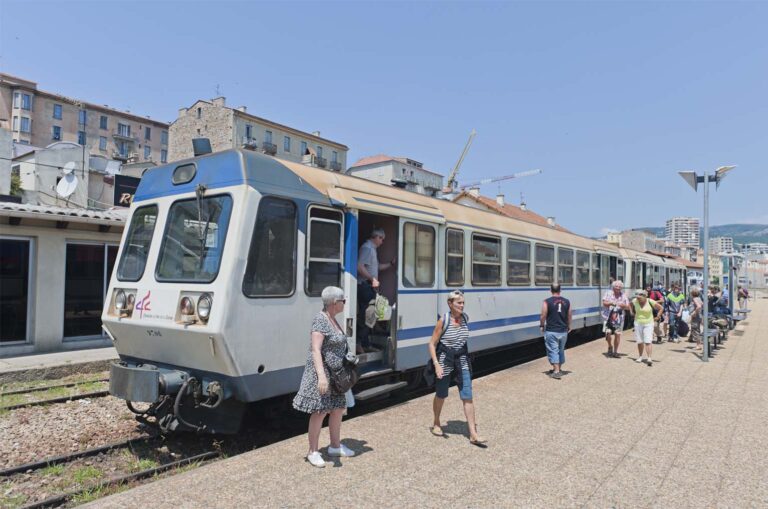Corsica, the only island-region in mainland France, is distinguished by a unique administrative feature: its division into two departments, coded 2A and 2B. This organization, which often intrigues visitors and raises questions, reflects a rich and complex history.
While France has opted for a departmental numbering system based on alphabetical order, Corsica is an exception. It stands out with its codes 2A for Corse-du-Sud and 2B for Haute-Corse. This singularity, much more than a simple administrative curiosity, tells the story of an island territory that has always cultivated its difference. We take you on a journey to discover why and how the Isle of Beauty adopted this very special organization.
What’s the story behind this division?
The history of Corsica’s administrative division is closely linked to the island’s political and social evolution. This particular organization has its roots in a richly eventful past. Originally, Corsica was a single département, number 20, created in 1811 under Napoleon I. This configuration lasted for over a century. This configuration lasted for over a century and a half, with Ajaccio as its prefecture.
However, demographic growth and the distinct economic development of the north and south of the island gradually led to the need for administrative reorganization. The historic turning point came on September 15, 1975, when the law officially divided Corsica into two departments. This decision, taken by the then Minister of the Interior, Michel Poniatowski, had several objectives:
- Bringing government closer to citizens;
- Take account of specific geographical features ;
- Balancing development between north and south ;
- Ease local political tensions.
This reform was part of a broader context of decentralization and recognition of regional specificities.
What do 2A and 2B really mean?
The particular numbering of Corsica’s départements reflects an administrative organization that is unique in France. Since 1975, 2A, for Corse-du-Sud, and 2B, for Haute-Corse, have replaced the former number 20, which identified the entire island.
Corse-du-Sud (2A), with Ajaccio as its prefecture, covers the southern part of the island. This territory includes emblematic sites such as the Calanques de Piana and the Gulf of Porto. The sub-prefecture of Sartène completes the administrative organization of this department.
Haute-Corse (2B), whose prefecture is Bastia, covers the northern part. It includes Cap Corse, Balagne and the famous citadel of Calvi, its sub-prefecture. This administrative division partly respects the historical boundaries of the former Corsican provinces.
This unique codification reflects the desire to maintain a certain symbolic unity for the island, while recognizing its territorial particularities. The choice of the letters A and B, rather than two separate numbers, underlines the inseparable link between these two departments which together form the Collectivité de Corse.
How does this administrative organization work?
Corsica’s administrative organization is unique in France. It combines a single territorial Collectivité with two distinct départements. This unique structure, which has been gradually put in place, reflects the complexity and richness of the island’s identity.
The Collectivité de Corse, created in 2018, has the same powers as a region, but with specific, broader powers. Based in Ajaccio, it has special powers in terms of economic development, cultural preservation and regional planning.
This institution is run by an Executive Council and an Assembly of Corsica, elected by universal suffrage. At the same time, the two départements (2A and 2B) retain their traditional prerogatives in terms of social action, college management and departmental roads. Each department has its own administration, with prefectoral services in Ajaccio and Bastia. Each is responsible for relaying the State throughout the region.
This multi-level organization means that management is as close as possible to the realities on the ground. Public services are divided between the two departments, facilitating citizens’ access to the administration. Coordination between these different bodies is ensured by regular territorial conferences, which guarantee consistency in the policies implemented across the island.
What impact does this have on everyday life?
This particular administrative organization has a direct impact on the daily lives of Corsicans and visitors to the island. For Corsicans, this division means different administrative procedures depending on where they live. Prefectoral services, taxes and vehicle registration are organized differently in each département. For example, vehicle registration cards are issued either under the number 2A or 2B.
For companies, this configuration implies a particular adaptation. Companies have to deal with two separate Chambers of Commerce and Industry, and fit in with the overall economic strategy of the Collectivité de Corse. This situation may complicate certain procedures, but it also offers development opportunities specific to each territory.
For tourists, the impact is more subtle but very real. Tourism promotion is organized on two levels. A global communication campaign run by the Agence du Tourisme de la Corse (Corsican Tourism Agency), and departmental initiatives that highlight specific local features.
What are the cultural differences between 2A and 2B?
Haute-Corse (2B), with Bastia as its cultural capital, is often perceived as the historic heart of the island. Bastia, the former Genoese capital, still bears the imprint of its maritime and commercial past.
The town is famous for its religious festivals, notably the celebration of St. Joseph’s Day and the Catenacciu procession in Sartène. Haute-Corse is also the cradle of many Corsican polyphonic singing groups, an ancestral art that reflects the spiritual depth and attachment to local traditions.
Cap Corse, with its hilltop villages and famous sailors, embodies this seafaring identity. The inhabitants of the north are often described as proud and attached to their Genoese roots. Cultural festivals such as the Lama Film Festival and maritime heritage events bear witness to this historical anchorage.
By contrast, Corse-du-Sud (2A), with Ajaccio as its nerve center, stands out for its close connection with Napoleon Bonaparte, who was born in the town. Culture here is more marked by the imperial heritage, with museums and events dedicated to the Emperor. Ajaccio also offers a more Mediterranean atmosphere, with lively markets and popular festivals such as St. John’s Day and the many summer celebrations of local produce.







